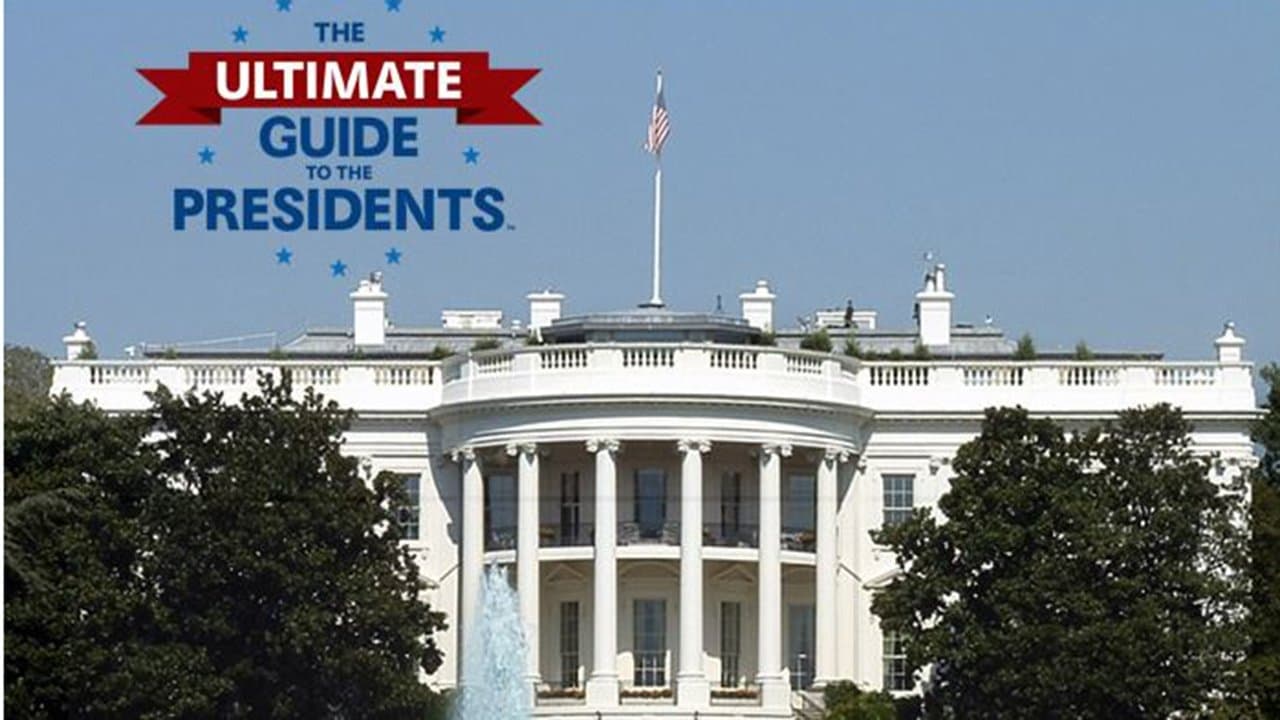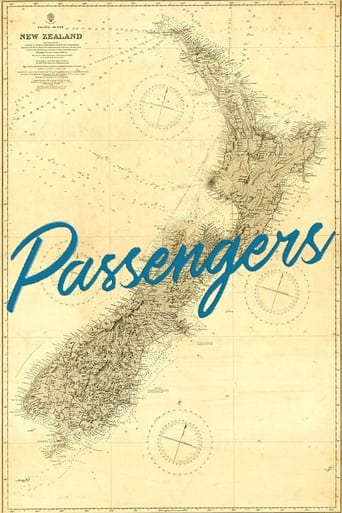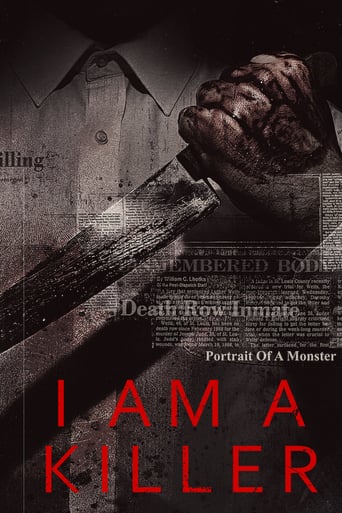The Ultimate Guide to the Presidents Season 1

A detailed, and unbiased, look at the 43 men who have been the presidents of the United States of America.
Watch NowWith 30 Day Free Trial!
The Ultimate Guide to the Presidents
2013 / TV-14


A detailed, and unbiased, look at the 43 men who have been the presidents of the United States of America.
Watch Trailer
The Ultimate Guide to the Presidents Season 1 Full Episode Guide
Since the mid 1960s, the power of the presidency has risen and fallen. It's been burdened by the personal failings of the men who occupied the office; by a Congress determined to reassert its power; by a skeptical and fragmented media; and by a public that had grown indifferent. The Cold War ended, but global terror networks rose to present a more complicated threat. Despite these new challenges, the power of the office has grown substantially--remaining the shining symbol of America s noble experiment in democracy.
In 1945, at the end of a devastating global war, America emerged as a superpower. The Cold War presented the nation with a new and unprecedented crisis: the threat of nuclear annihilation. The country looked to the President to keep them safe during these dangerous times. The struggle against the spread of communism abroad, and the corrosive effects of inequality at home, demanded a new resolve and a steadfast international leader.
America in the 1920s was a country poised for a fresh start. The horrific brutality of the first global war was over. The economy was beginning to "roar," and the Presidents at the helm were happy to take a backseat to Congress. But as America crashed into Depression--and then another World War--the times called for a stronger leader, one who set the table for presidential power in the 20th century.
America at the beginning of the 20th century found a growing chasm between the rich and poor. The country's priorities were changing, as was the Presidency. Since the end of the Civil War, Congress and the deep pockets of Big Industry had dictated the course for the nation. But one President took back the reigns, fighting for the common man, just as a grisly international fight began to emerge that would test America's strength and its leader's resolve.
America after the Civil War was a traumatized country in desperate need of leadership. The President who'd seen the nation through its most divisive conflict was dead, leaving no road map for peace. Over the next three decades, a series of weak Presidents lacked any vision for the future and showed little interest in real leadership. Each successive man took a back seat to Congress and to captains of industry--and the Presidency hit rock bottom.
America by the mid-1800s was triple its original size thanks to bold and controversial decisions by Presidents such as Jefferson, Jackson, and Polk. But with new territory came old confrontations. Slavery--the question that had been avoided since the country's birth--now had to be answered. Some leaders pinned their hopes on compromise, until one used the Presidency to defend freedom and the Union--at any cost.
America in 1824 saw the era of the Founding Fathers coming to an end. Over the next 25 years, six presidents would reflect the country's sometimes uneasy transition from old traditions to an expansion of land, influence and opportunity. Democracy was the word on everyone's lips, and the true power of the nation's leader would be found in the common man.
The United States of America was a bold invention of enormous risk. An 8-year war of independence, followed by intense political debate produced a government of, by and for the people. This democracy in a world ruled by Kings and Emperors was a new experiment with three branches--a Court, a Congress and an Executive--all sharing power; a precarious balancing act purposely left open to interpretation.
Free Trial Channels
Seasons






























